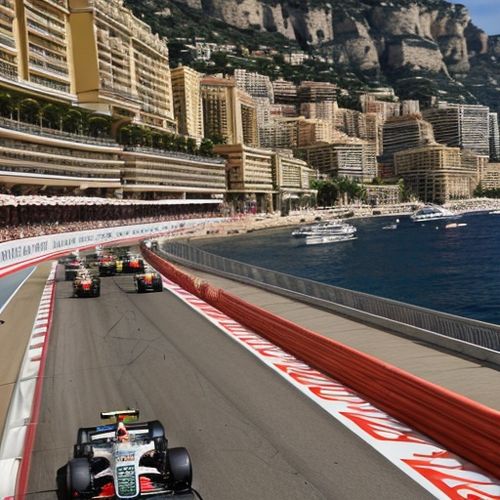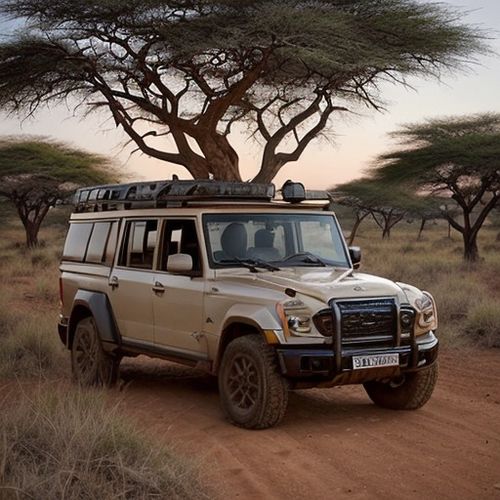It began in the most unassuming of places—a pub, where the clink of glasses and the murmur of conversation set the stage for an extraordinary adventure. Four friends, veterans bound by camaraderie and a shared sense of adventure, were discussing their next big challenge: a fundraising expedition for a veterans' charity. The idea of climbing Mount Everest, the world's tallest peak at 8,849 meters (29,032 feet), was tossed around. But the reality of committing four to six weeks—or even more—to such an endeavor seemed daunting. "No way I can spend that much time away," Al Carns, a British lawmaker, recalled thinking. But then, one of them mentioned a groundbreaking method that could change everything: inhaling xenon, a noble gas, to accelerate acclimatization and potentially summit Everest in under a week.
This month, the quartet—a pilot, a politician, a businessman, and an entrepreneur—will embark on a historic journey. They plan to fly from the UK to Kathmandu, take a helicopter to base camp, and attempt to reach the summit in just seven days. If successful, they will set a new benchmark in mountaineering, compressing a journey that typically takes months into a matter of days. The key to their ambitious plan lies in xenon, a gas that, when inhaled, is believed to stimulate the production of erythropoietin (EPO), a hormone that boosts red blood cell production, thereby enhancing the body's ability to acclimatize to high altitudes.
Lukas Furtenbach, CEO of Furtenbach Adventures, the company organizing the expedition, explained the science behind their approach. "Before you can climb Mount Everest, you need to adapt your body to the low levels of oxygen," he said. Traditionally, this involves weeks of trekking and rotations on the mountain to allow the body to build enough red blood cells. But xenon, Furtenbach believes, can shortcut this process. "One side effect of using xenon is that it triggers the body’s EPO production, resulting in an increase of red blood cells, similar to the effect of acclimatizing at real altitude," he added.
Furtenbach's confidence in xenon is not unfounded. He first tested the gas on himself while climbing Argentina's Aconcagua, and later on Everest with a larger team. By the time of this interview, he had used xenon five times, convinced of its efficacy. However, not everyone shares his enthusiasm.
The International Climbing and Mountaineering Federation (UIAA) has voiced strong reservations. In a statement, they asserted that there is no concrete evidence that xenon improves performance in the mountains. They warned that its inappropriate use could be dangerous, citing studies that show significant sedation at recommended doses. "Even slight sedation is detrimental in the potentially dangerous setting of high-altitude mountaineering," they noted. The UIAA also highlighted that xenon has been banned by the World Anti-Doping Agency (WADA) since 2014, underscoring its potential risks.
Skepticism also comes from the medical community. Andrew Peacock, an emeritus professor in medicine at the University of Glasgow’s School of Cardiovascular & Metabolic Health, expressed doubts about xenon's ability to stimulate erythropoietin in such a short timeframe. "The effect on red blood cells takes weeks," he cautioned. He also warned about the residual effects of inhaling an anesthetic gas at extreme altitudes, where the margin for error is razor-thin.
Despite the skepticism, the allure of a faster ascent remains compelling. Climbing Everest has evolved significantly since Edmund Hillary and Tenzing Norgay's historic summit in 1953. Modern expeditions, equipped with Sherpa guides, porters, supplemental oxygen, and state-of-the-art gear, have democratized access to the mountain. Will Cockrell, author of "Everest, Inc.," noted that guided expeditions have long sought innovative ways to cut down on time. "Everest stopped being mountaineering in the pure climbing sense back in the 90s," he said. Flash expeditions, where clients sleep in hypoxic chambers before arriving in Nepal, have already reduced trip durations to three to four weeks.
But speed comes with its own set of challenges. Mountaineering purists argue that rushing the experience diminishes its value. "Isn't part of the point to enjoy the process, to smell the roses?" Cockrell asked. He likened speed ascents to a "speed tour of the Sistine Chapel," suggesting that traditional and rapid expeditions should be seen as separate entities, each with its own objectives.
Furtenbach countered that his xenon-reliant expedition could actually be safer. "The less time you spend on the mountain, the less exposure you have to risks like avalanches and rockfall," he argued. However, Cockrell warned that this approach could also reduce climbers' self-sufficiency, making them more reliant on external factors and increasing the risk of severe altitude sickness.
For Carns and his team, the risks are worth taking. "We’re all from a military background, trained to balance and mitigate risk," he said. They have prepared rigorously, using hypoxic chambers and following strict diet and exercise regimens. "Xenon is just one small part of our preparation," Carns added. "It enhances our ability by maybe 5-10%, but we’ve put in over 500 hours of hypoxic training."
Still, success is not guaranteed. Carns estimates a 30% chance of completing the climb in seven days and a 70% chance of doing it within 21 days. Furtenbach acknowledges that this type of expedition, costing around 150,000 euros (about $170,000), is unlikely to become mainstream. "It will always be very niche," he said. "We offer traditional, medium-length, and now very short expeditions. It’s a personal choice."
As Carns and his team prepare to push the boundaries of what is possible on Everest, their journey raises profound questions about the nature of adventure, the limits of human endurance, and the role of technology in mountaineering. Whether they succeed or not, their expedition will undoubtedly spark debate and inspire future explorers to dream bigger and climb higher. In the end, it is not just about reaching the summit; it is about the journey itself, the challenges overcome, and the lessons learned along the way.

By Jessica Lee/May 20, 2025

By Victoria Gonzalez/May 20, 2025

By Christopher Harris/May 20, 2025

By Sophia Lewis/May 20, 2025

By Natalie Campbell/May 20, 2025

By Christopher Harris/May 20, 2025

By George Bailey/May 20, 2025

By Sarah Davis/May 20, 2025

By Daniel Scott/May 20, 2025

By Benjamin Evans/Apr 11, 2025

By Emily Johnson/Apr 11, 2025

By Sophia Lewis/Apr 11, 2025

By Emma Thompson/Apr 11, 2025

By Noah Bell/Apr 11, 2025

By James Moore/Apr 11, 2025

By Christopher Harris/Apr 11, 2025

By Christopher Harris/Apr 11, 2025

By Daniel Scott/Apr 11, 2025

By Grace Cox/Apr 11, 2025